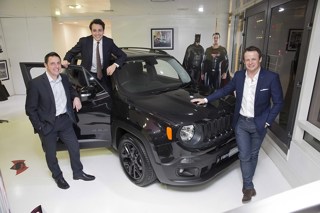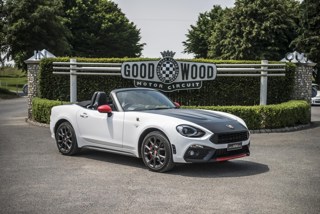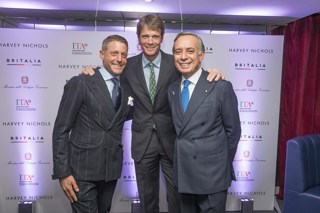Design chief Jong-Suh Park has revealed an ambition to make Hyundai and its Kia subsidiary an equivalent to Peugeot-Citroen. Mr Park and NM Kim, senior executive vice president of Hyundai international business operations, are modelling future platform strategy on the French group.
PSA, like Volkswagen Group and other manufacturers, is producing a range of different models from a small number of platforms. “This is a good example for Hyundai-Kia,” said Mr Park.
He has set 2005 as a deadline for meeting his biggest priority – sorting out the platform strategy for the two brands.
The problem is that between them, the two carmakers have 23 different model platforms. And, because they were direct competitors, their products overlap in every segment. The plan is to reduce the number of platforms to about seven and share them across the two makes but ensure each brand has its own character. Engines will also be shared. Mr Park suggested Kia was likely to develop as the more experimental brand while Hyundai would be the more conservative.
“I want the engineers to make sure things stay simple,” said Mr Park, who is senior executive vice president at the joint Hyundai-Kia design centre. Engineers wanted “lots of knobs and complication” but car design should be simple. “People need tactile information – you should know by touching something whether you are turning it on or off,” he said.
One of the problems was the rapid development of electronics. “Cars will never be able to keep up and this causes trouble for designers,” he said. “Sometimes I think we need to go back to the Stone Age. If people need to read an instruction book to make something work then the designers have failed. Design is not art, it is function.”
Mr Kim said the alliance with DaimlerChrysler, which holds a 10% stake, should help with Hyundai's image. “Hyundai will take advantage of DaimlerChrysler's brand power because our image is too weak in some markets,” he said.
“New products will see our image improving fast but we also need to learn from DaimlerChrysler,” he said. “The problem is customer perception. Many people still remember Korean products of the Eighties when we sold only the Pony. In the past two years alone, we have completely changed our products but it will take time for perception to catch up with reality.
“Many focus groups think Hyundai products are Japanese when they see them without a badge on. When they are told the cars are Hyundai, they immediately lower the price in their mind but I think that is changing fast.”
Mr Kim said Hyundai was also wrestling with its takeover of Kia which it acquired in December 1998.
“Since Hyundai and Kia became a family, our product planning people have been discussing the issue of new models and we must have a different strategy for the two brands,” he said.

















Login to comment
Comments
No comments have been made yet.